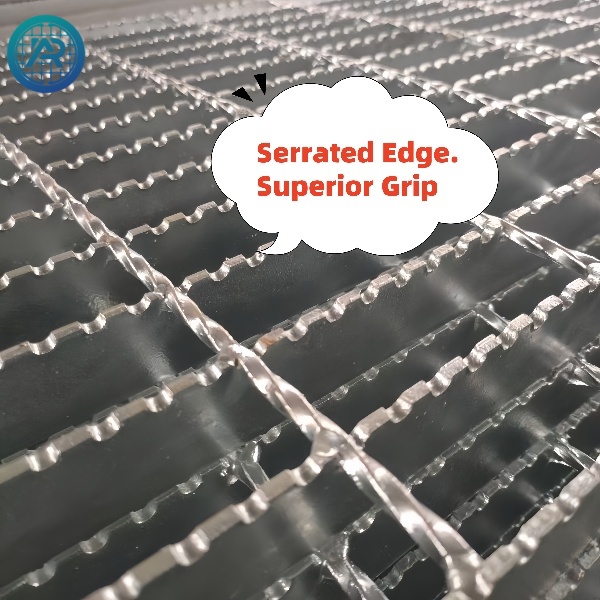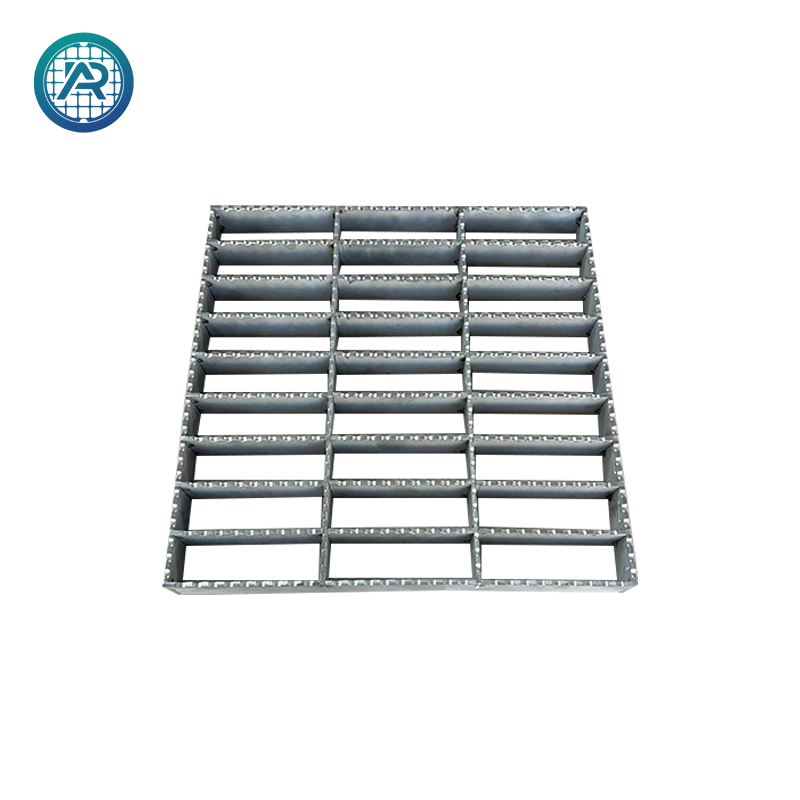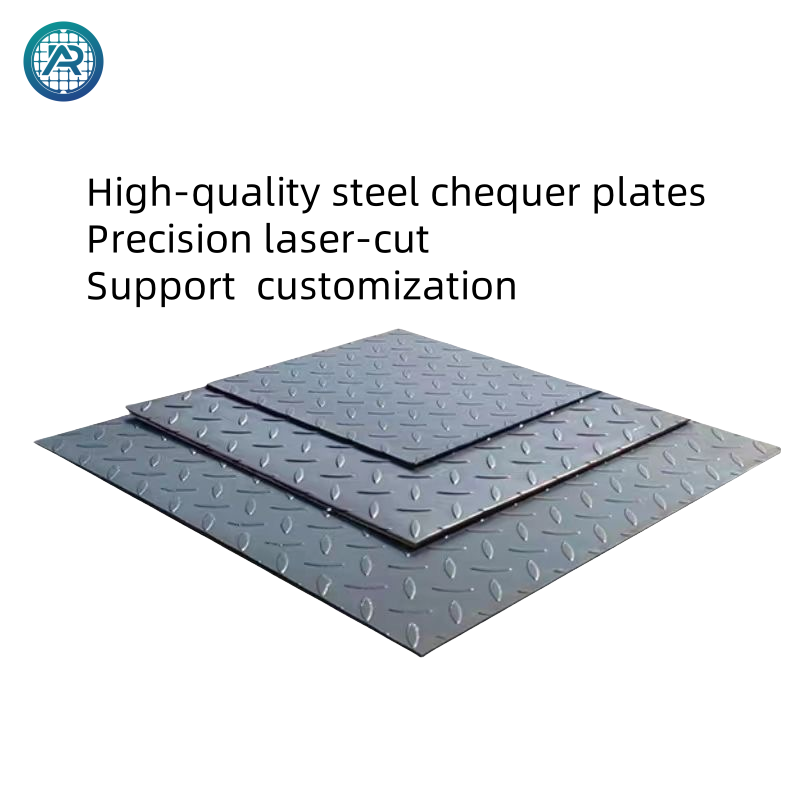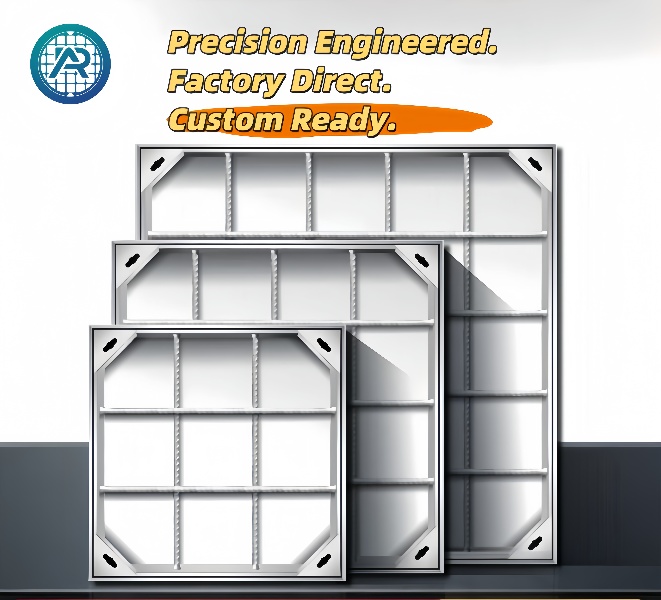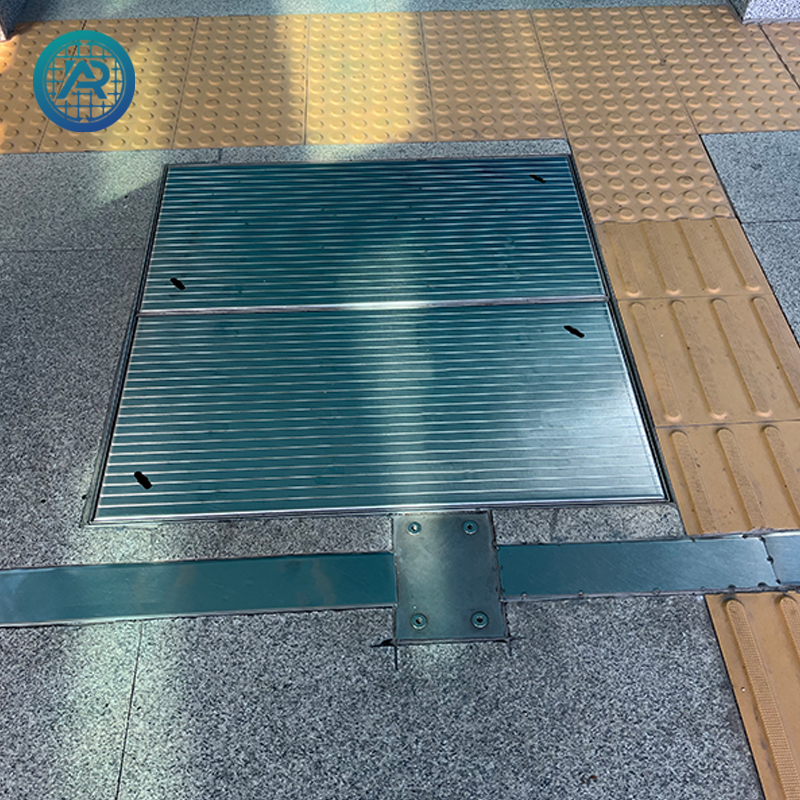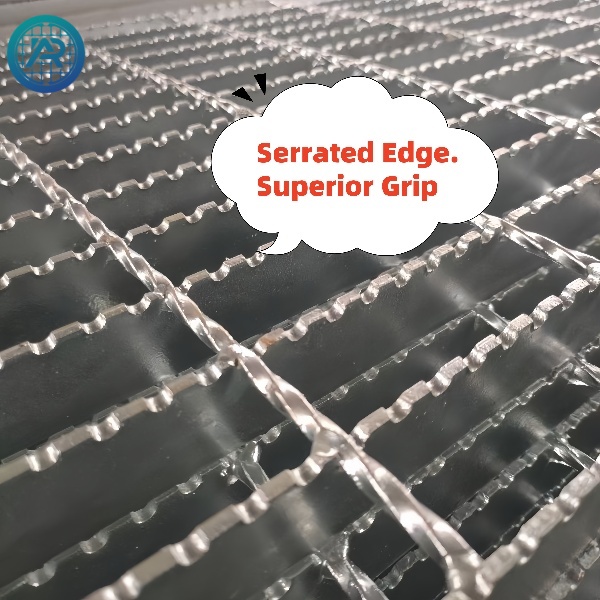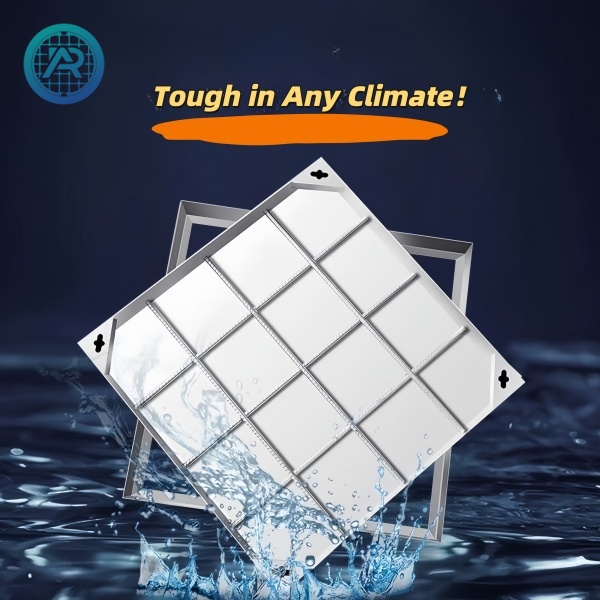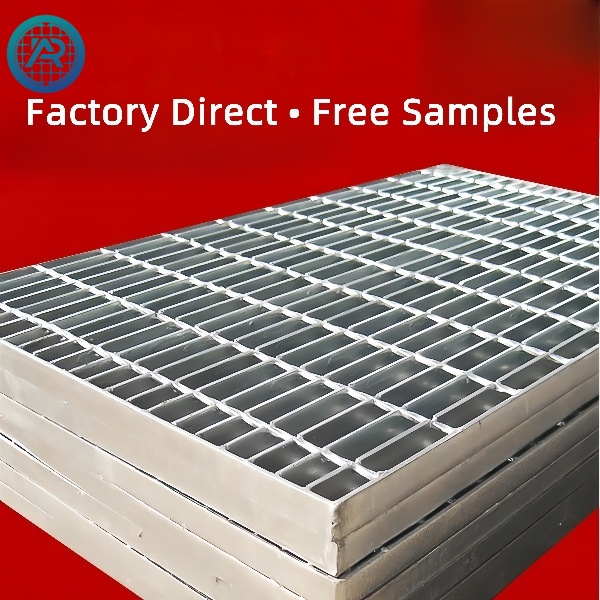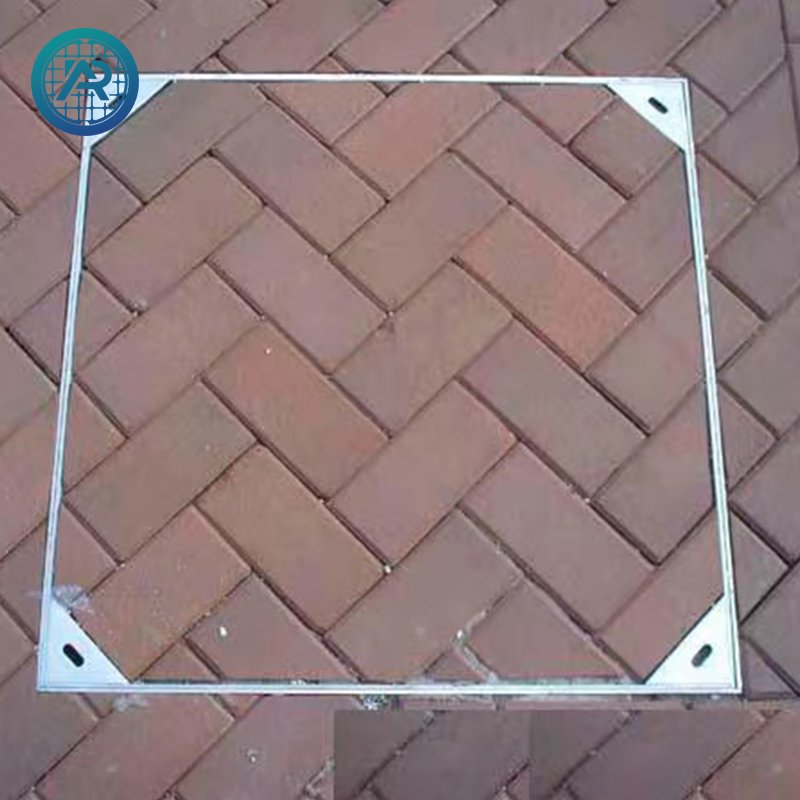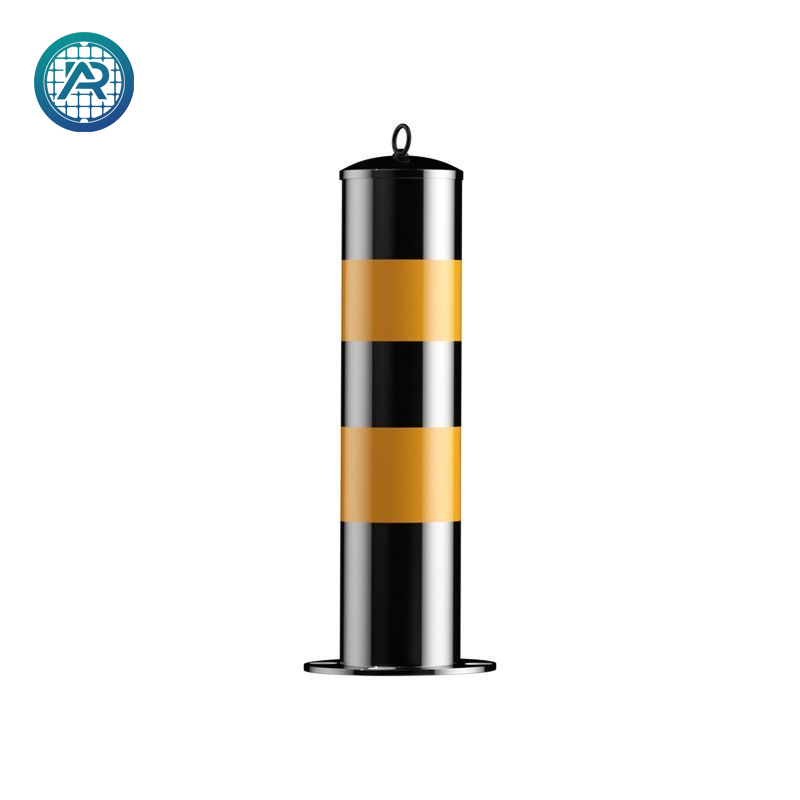In today's modern urban landscape, every visible detail plays a crucial role in shaping the overall aesthetic and efficiency of public spaces. One often-overlooked element—the manhole cover—is undergoing a quiet but transformative evolution. The rise of recessed manhole covers is reshaping how architects, engineers, and city planners integrate functionality with design.
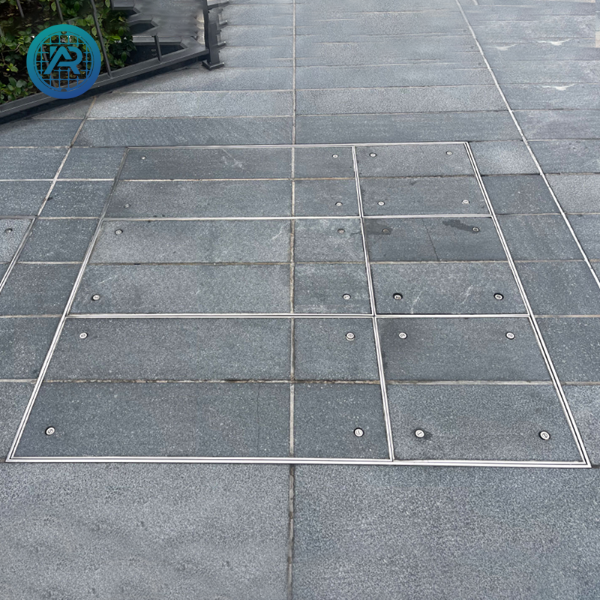
✦ What Is a Recessed Manhole Cover?
A recessed manhole cover is designed with a built-in tray or recess that allows paving materials such as tiles, bricks, asphalt, or decorative concrete to be laid inside the cover itself. Once installed, the cover blends seamlessly with the surrounding surface—making it virtually invisible.
This contrasts with traditional raised or cast-iron covers, which often interrupt the flow of a carefully paved area.
✦ Benefits in Urban and Landscape Design
Urban areas are increasingly demanding infrastructure that is both durable and visually appealing. Whether in public parks, pedestrian zones, or commercial plazas, paving manhole covers with recessed trays offer:
Visual Continuity: Enables complete integration with ground surfaces, maintaining the clean lines of decorative paving or tiling.
Safety: Eliminates tripping hazards caused by protruding or mismatched manhole covers.
Customization: Supports a wide variety of paving infills—ceramic tiles, concrete, stone—ensuring harmony with the surrounding ground.
High Load-Bearing: Modern designs can support heavy traffic loads, making them suitable for both pedestrian areas and vehicle access zones.
✦ Where Are They Used?
Recessed covers are ideal for applications such as:
City streets and sidewalks
Shopping centers and malls
Luxury residential projects
Museums and cultural buildings
Hotels and resorts
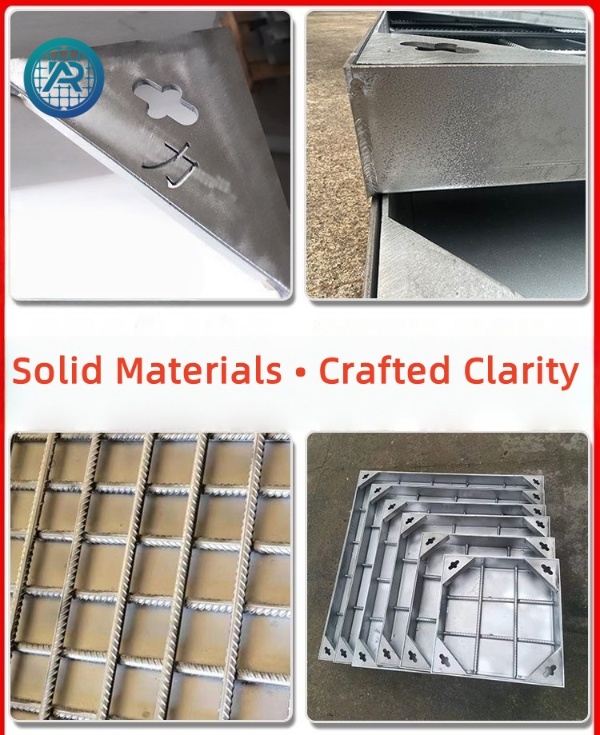
The recessed access cover is not just a practical access point to underground utilities—it becomes part of the landscape design itself.
✦ Material and Design Considerations
When choosing a recessed cover, designers must consider:
Material: Galvanized steel or stainless steel frames offer corrosion resistance and strength.
Recess Depth: Determines the type of paving material that can be inserted (commonly 40mm or 50mm).
Locking Mechanisms: Many modern covers include concealed lifting handles or bolt-down locks for security.
Shape: While rectangular and square recessed manhole covers are most common, custom shapes can be manufactured.
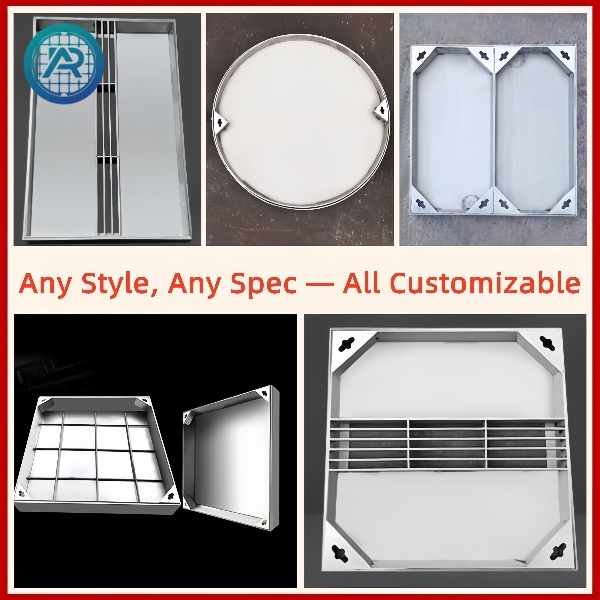
✦ Maintenance and Durability
One common concern is how well recessed covers hold up over time. Fortunately, the best models are:
Corrosion-resistant
Easy to lift for access
Designed for minimal surface shifting
Compatible with anti-slip surfaces for safety
They offer a blend of long-term durability and easy maintenance access for underground systems.
✦ Environmental and Aesthetic Impact
Sustainability has become a buzzword, but recessed manhole covers offer real value. By reducing visual “noise” in urban paving projects, they promote a more harmonious and natural visual environment—essential for walkability and mental well-being.
Designing with the surface in mind also reduces waste: fewer awkward paving cuts and less material wastage during installation.
✦ Final Thoughts
Recessed manhole covers are more than just access points; they are a bridge between function and form. They empower engineers and architects to preserve the integrity of their designs while maintaining access to utilities—a perfect match for 21st-century infrastructure.
Whether you're working on a historical plaza renovation or planning a new high-end development, consider recessed covers not as an afterthought, but as a design feature in their own right.

